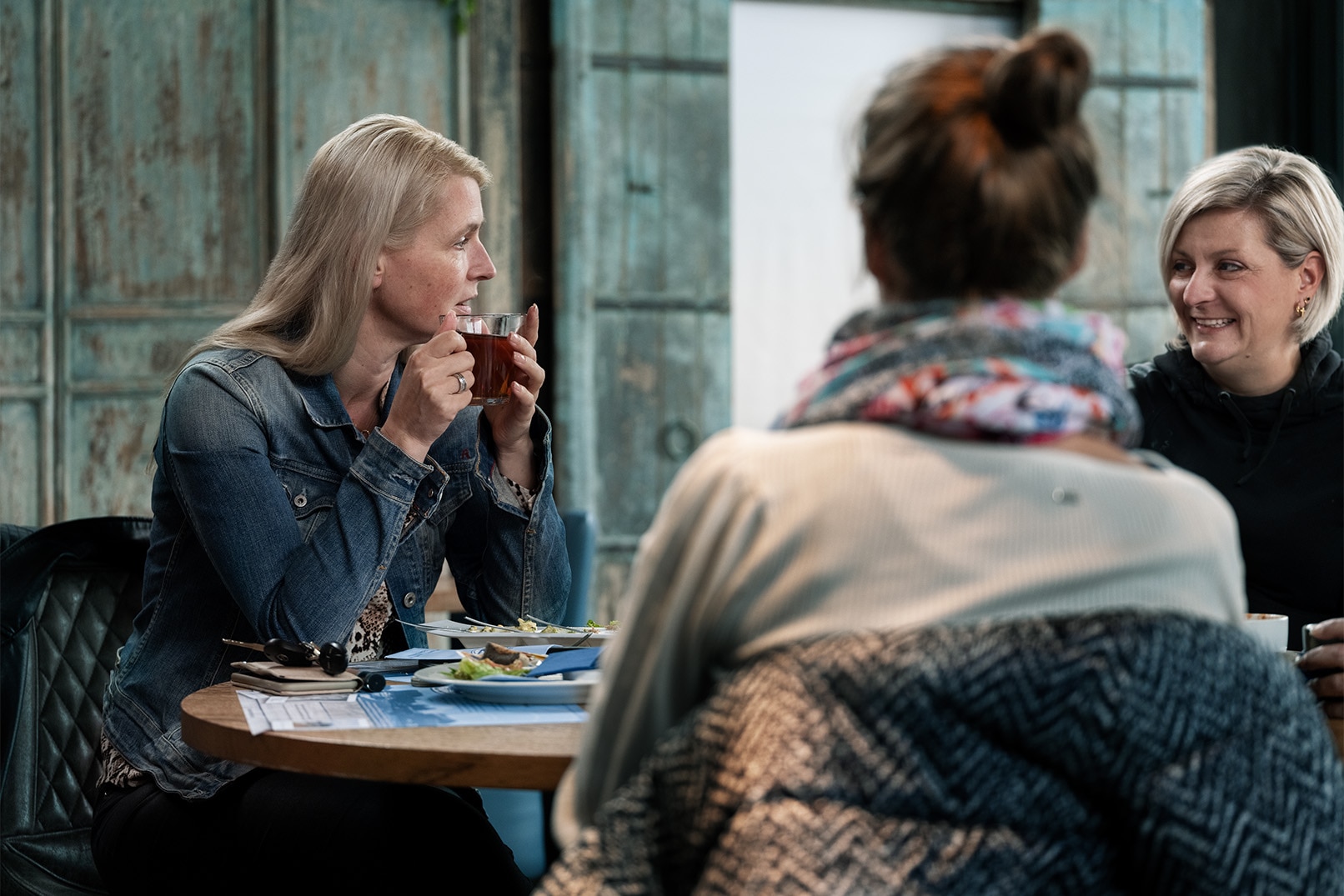
Treatments for neurogenic bowel dysfunction
Treating and managing symptoms of neurogenic bowel dysfunctions should be taken case-by-case. There is no one treatment that ‘fits all’. Always, treatment interventions should be tailored to each individual’s needs to establish an as affective bowel management routine as possible.
This article sets out the different treatment interventions that are possible, taking a stepwise approach. It is recommended that people living with a neurogenic bowel dysfunction (NBD) start treatments at the bottom of the pyramid (shown below) with less invasive treatments. Only if the treatment is ineffective or insufficient, is it then recommended that the next level of treatment should be pursued. You should talk to your doctor to ensure you are put on a treatment that is right for you.
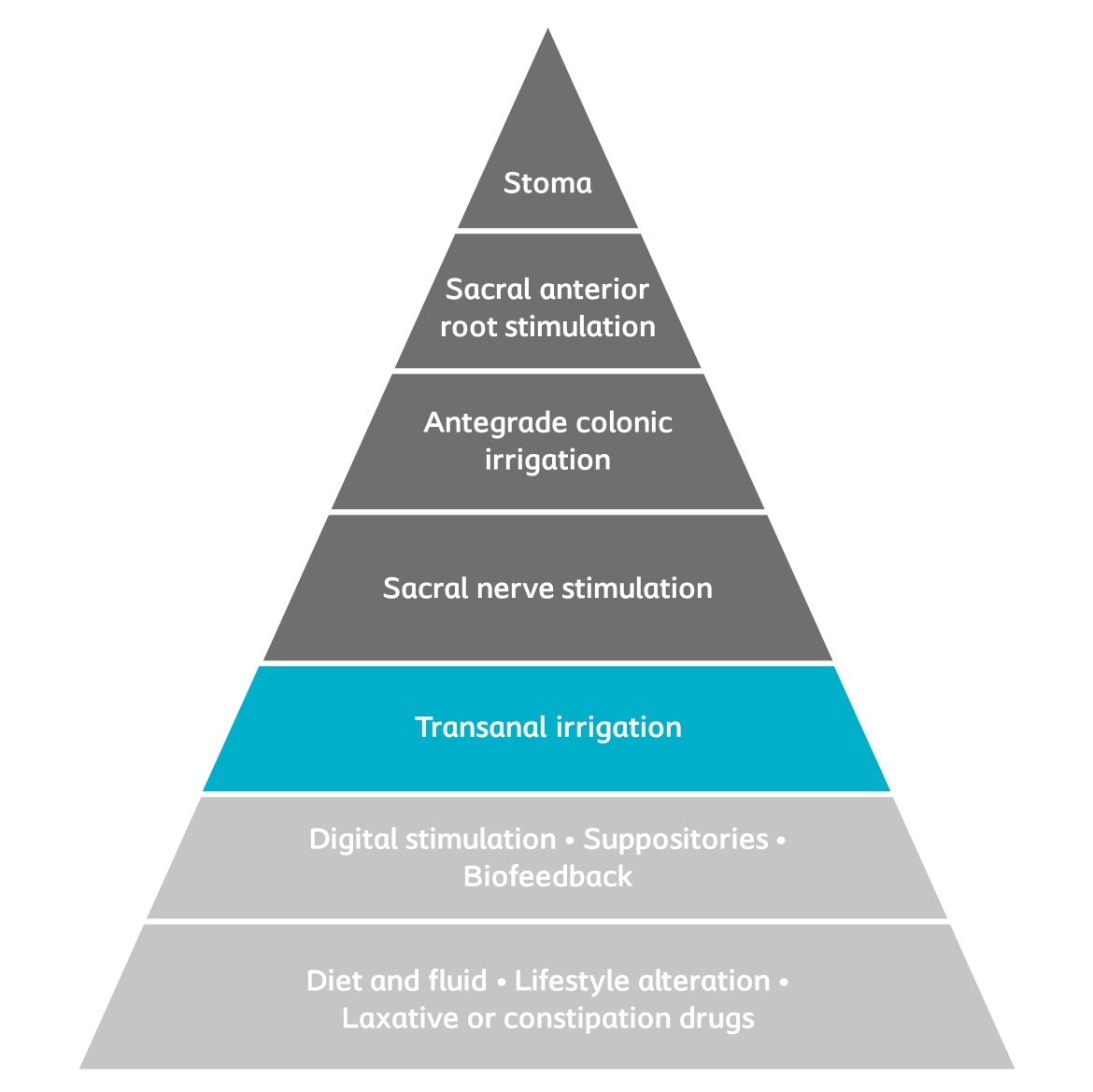
The treatment pyramid for bowel problems when living with MS
The “treatment pyramid” is a way to help guide healthcare professionals and patients through the treatment pathway for NBD. It shows what options are available for managing bowel problems, but also encourages those living with NBD to consider less invasive options where possible.
Lifestyle changes, diet and fluids and laxatives

A diet containing five portions of fruit and vegetables is generally advised, along with significant levels of whole grain foods, such as wholemeal bread or unrefined cereals, each day should be encouraged. By maintaining a healthy diet, stool consistency can be assessed, and the diet can then be adjusted accordingly to achieve the appropriate stool consistency.
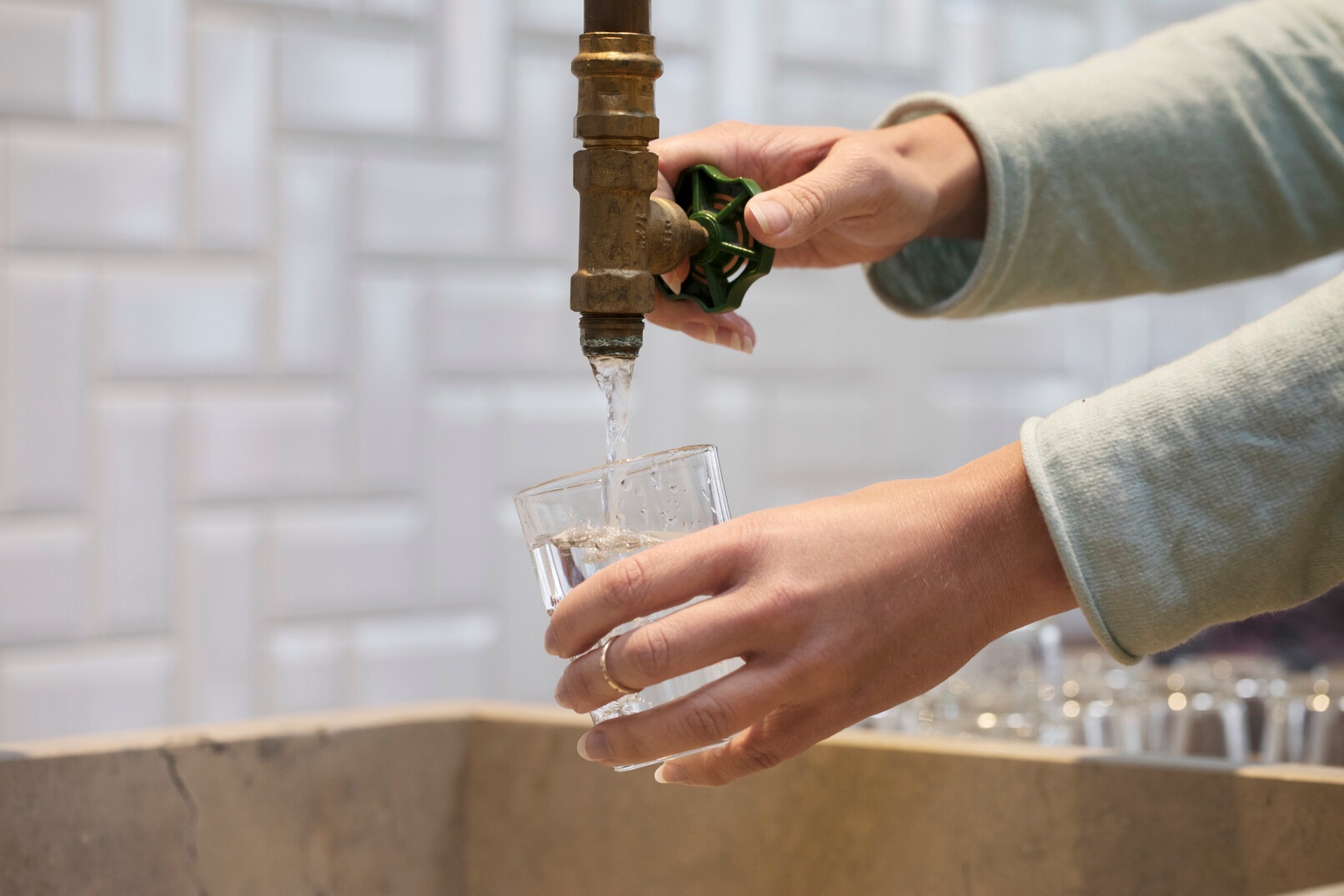
Fluid intake is also important. It is recommended that an adult consumes between 1.5L and 2.5L of fluid per day. You can easily check if you are consuming enough liquid by the colour of your urine: urine of a ‘pale straw colour’ indicates adequate hydration.

Oral laxatives may also be taken to get things moving within the bowels. Commonly, oral laxatives include both stimulants that prompt increased bowel activity, and softeners, bulkers, and osmotics, all of which aim at modulating stool form and can be taken regularly to maintain a predictable stool consistency. When oral laxatives are taken, thought should be given to how the resulting bowel activity is managed.
Other non-invasive treatments for bowel problems
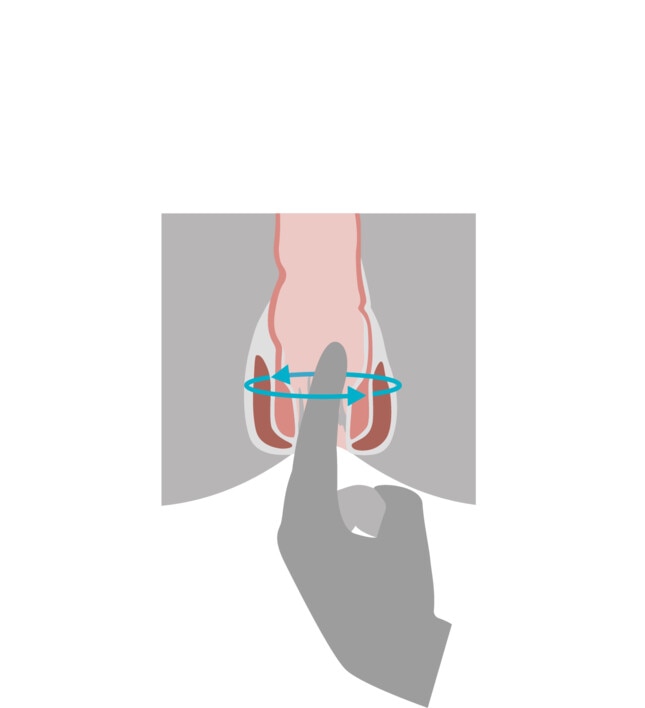
Digital rectal stimulation is a common treatment strategy for people living with NBD. It is a technique used to stimulate the movement of stool into the rectum and initiate defecation at a chosen time. Digital stimulation is performed by inserting a gloved, lubricated finger through the anal canal and into the rectum and rotating the finger in a circular movement. This is continued until either the external sphincter relaxes, stool is passed, or the internal sphincter contracts, signalling colonic activity.
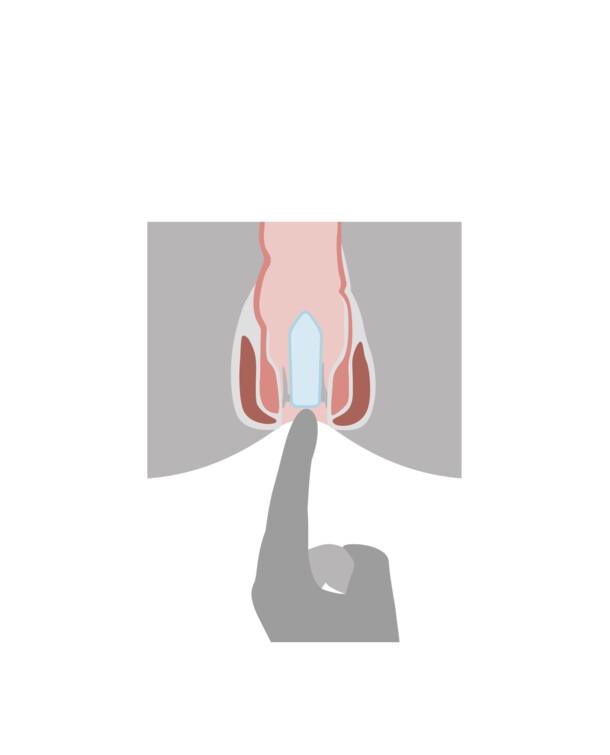
Medicine can get into your body in several ways, including via pills, liquids, or injections. Suppositories are just another way to deliver a drug: it is a small round or cone-shaped object you insert up your bottom where it then releases its medication. Often, the use of suppositories can initiate bowel movements within about 20-30 minutes.
Beyond conservative bowel management
If these initial intervention strategies in the bottom two levels of the pyramid do not work, you may need to pursue further treatment, with support from your healthcare practitioner.
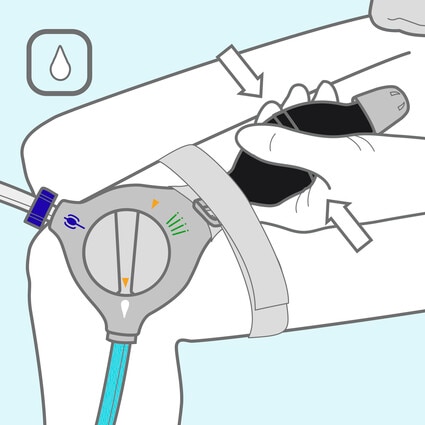
Transanal irrigation for treating bowel problems
Transanal irrigation (TAI) is a less conservative treatment: it involves passing water into the bowel to enable faeces in the rectum and descending colon to be evacuated. Water is introduced into the bowel via a rectal catheter. TAI may be appropriate for people who experience faecal incontinence, constipation, abdominal pain associated with evacuation, bloating, or prolonged bowel evacuations. It has been found to improve symptom-related quality of life for people living with NBD.
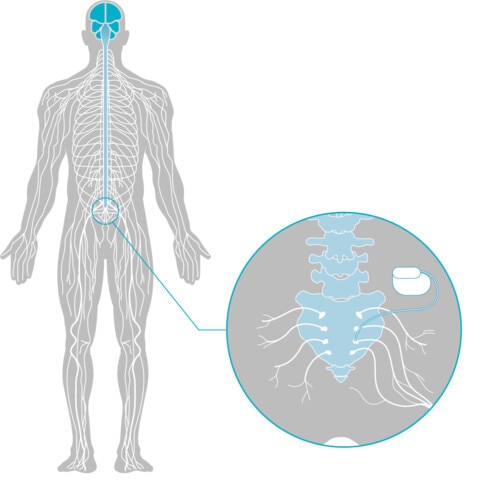
Sacral nerve stimulation for bowel problems
Another more invasive treatment to combat NBD is sacral nerve stimulation. Here, electrodes are implanted on nerve roots within the body. When a high voltage, short-lived stimulation is applied, the colon increases its activity, reduces constipation, and can even instigate defaecation.
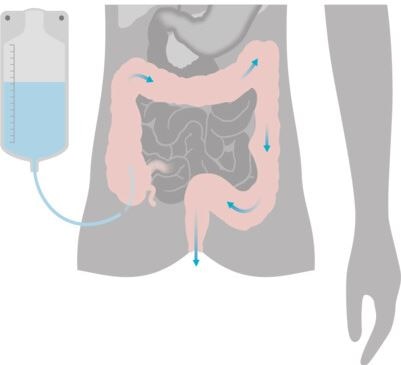
Antegrade colonic irrigation
Commonly known as ACE irrigation, this procedure can initiate a bowel movement by flushing the bowel with liquid. A stoma is created in the abdomen which allows a salt-water solution to be introduced through a catheter into the bowel. A bowel movement then normally occurs about 30 to 60 minutes later. This procedure is done on a regular basis, often daily, and helps to prevent constipation or stool accidents.
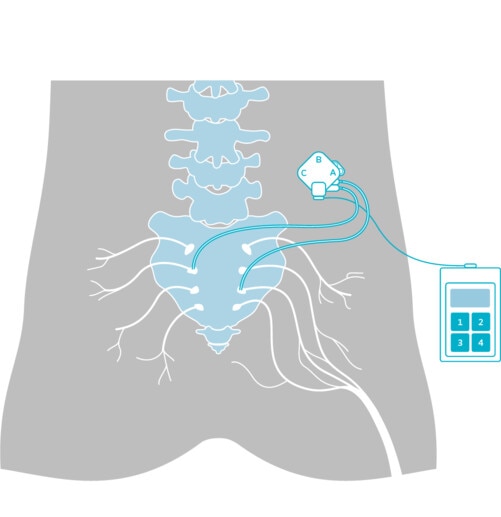
Sacral Anterior Root Stimulation
Sacral anterior root stimulation (SARS) may also be used to help try and support bowel functions if they are impaired by MS. This procedure involves passing low level electric current through selected sacral nerve roots via an electrode that is connected to an electrical pulse generator implanted in the buttock. This can help to correct messages between your bowel and brain, and therefore modify how your bowel behaves. If bowel behaviour improves as a result, a permanent pulse generator may be implanted.
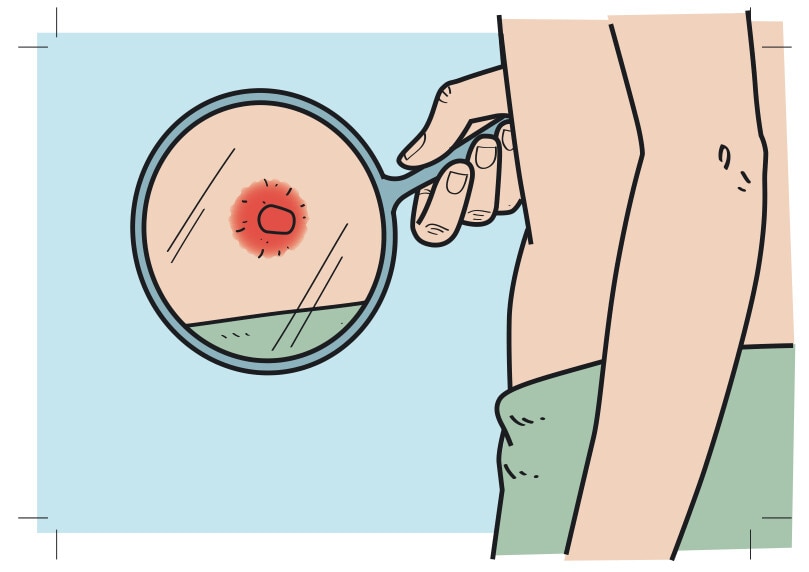
Formation of a stoma
The formation of a stoma is often considered the last resort when dealing with NBD. Nevertheless, studies have found that the formation of a stoma can greatly improve some individuals’ quality of life, reducing the time spent on bowel management and increasing individuals’ independence.
